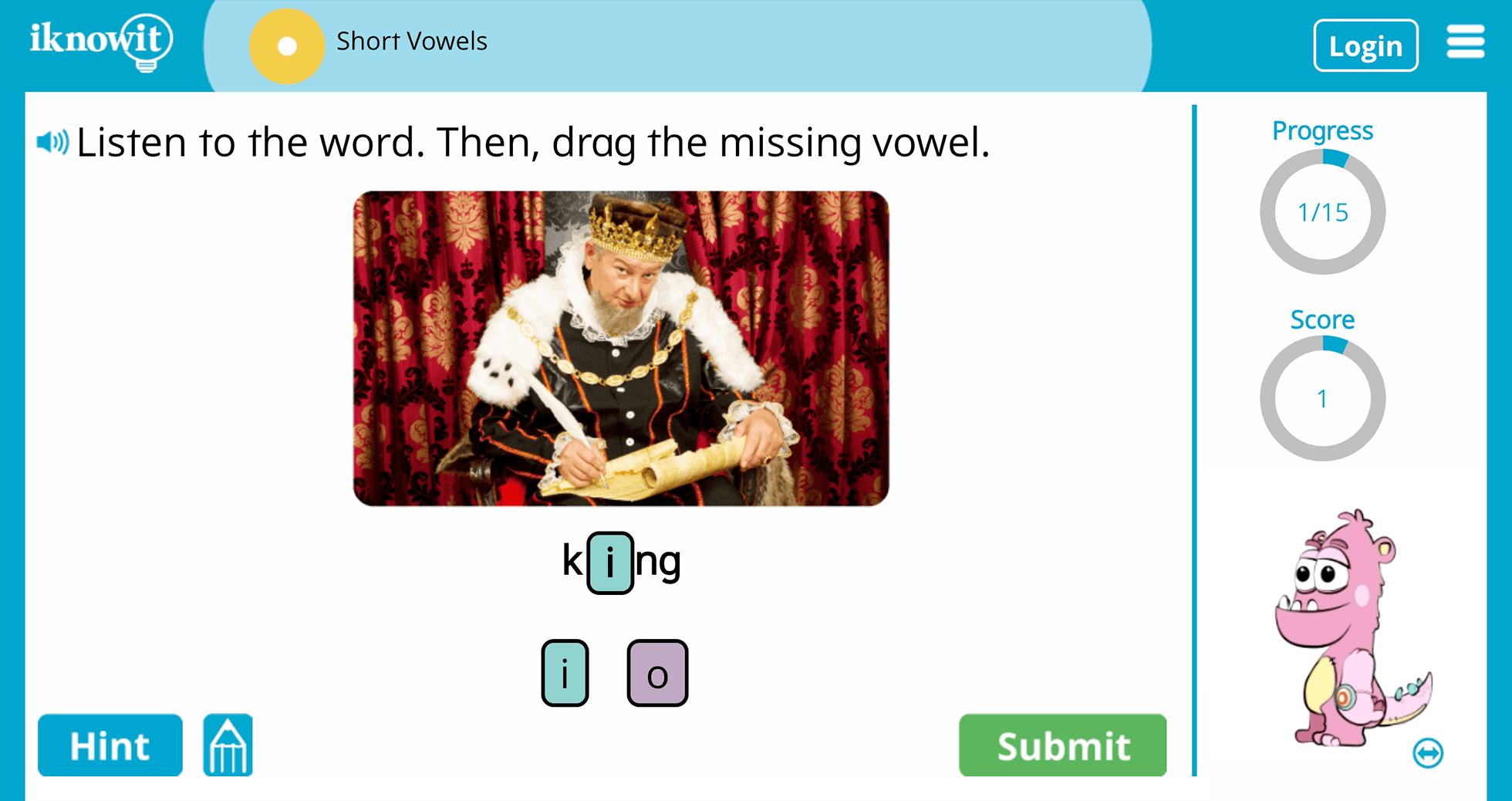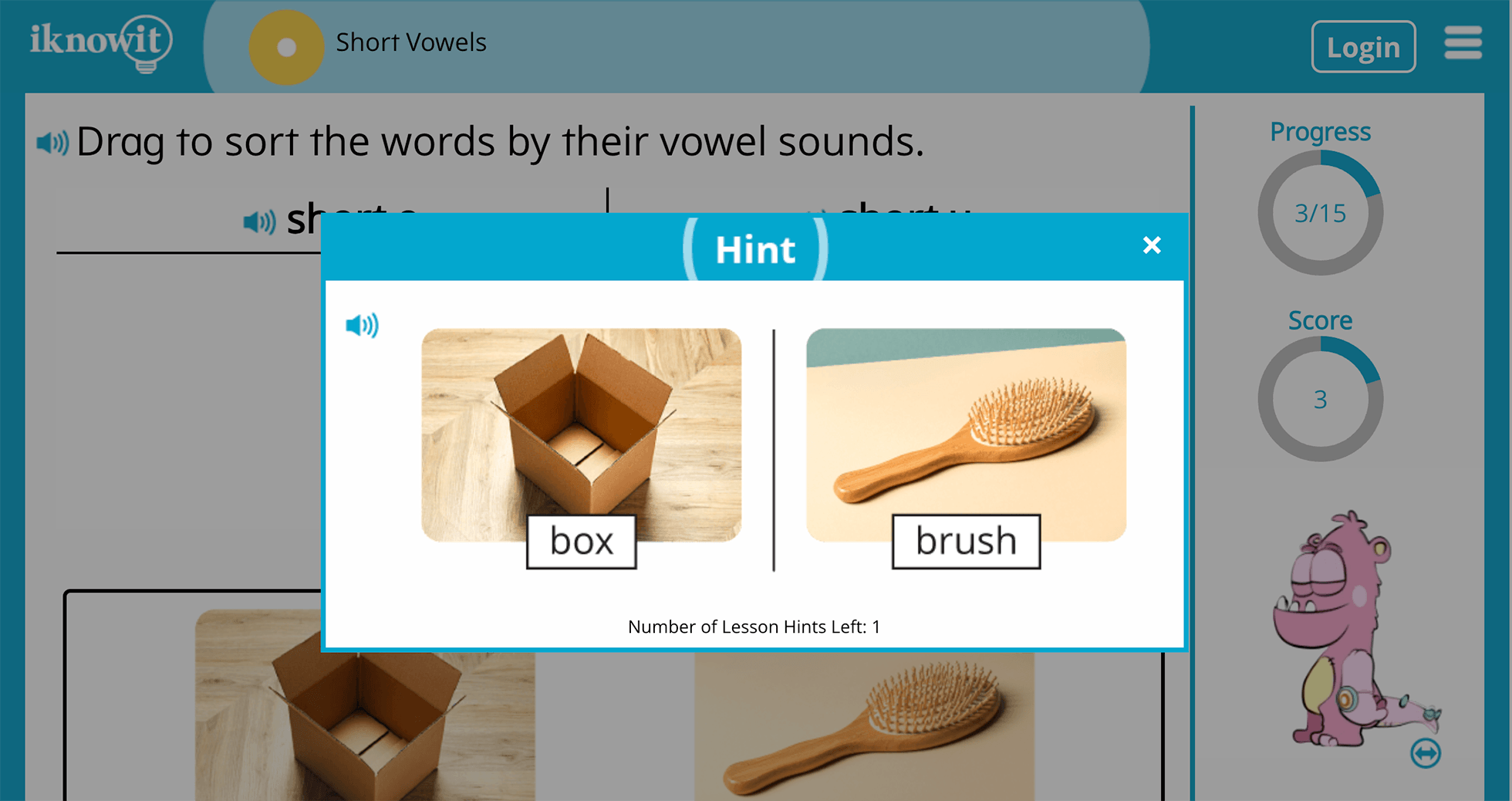




In kindergarten English Language Arts (ELA), students are introduced to short vowels, which are foundational for developing early literacy skills. Short vowels are the sounds produced by the letters A, E, I, O, and U when they appear in a word and are not followed by a silent E. For example, the short vowel sounds in words like "cat," "bed," "pig," "dog," and "cup" are crucial for children to grasp as they learn to read and write. Understanding short vowels is essential because they form the basis for decoding words, building phonemic awareness, and developing fluency in reading. Mastery of short vowels lays the groundwork for kindergarten students to become confident and proficient readers as they progress through primary school.


Educators employ various strategies to teach short vowels effectively in the primary school classroom. Interactive lessons that incorporate phonics activities, such as word sorting or sound blending exercises, help students recognize and differentiate between short vowel sounds. Engaging activities, like short vowel bingo or word family building, provide hands-on practice and reinforce learning. Teachers can also use technology, such as educational apps or interactive whiteboards, to create multimedia learning experiences that cater to diverse learning styles. For instance, using an app that prompts students to identify the short vowel sound in a given word or interactive whiteboard games where students match pictures to words with the correct short vowel sound can make learning fun and engaging. By providing a mix of interactive, hands-on, and technology-enhanced lessons, educators ensure that kindergarten students develop a strong understanding of short vowels.
iKnowIt.com offers an online platform for kindergarten students to practice and reinforce their understanding of short vowels in an interactive and engaging way. Through a variety of interactive games and exercises, students can explore phonics concepts and enhance their skills. The platform provides a range of activities designed to cater to different learning preferences and abilities, such as short vowel quizzes and interactive lessons. With immediate feedback and progress tracking features, students can monitor their performance and track their improvement over time. iKnowIt.com's interactive learning approach ensures that primary school students cultivate a strong foundation in short vowels while enjoying an enriching educational experience.


This interactive ELA lesson is categorized as Level K. It may be best suited for kindergarten students.
RF.K.3B
Reading Foundational Skills
Phonics and Word recognition
Associate the long and short sounds with common spellings (graphemes) for the five major vowels.
Letter Sounds (Level K)
Learn the different letter sounds present in the alphabet.
Long Vowels (Level K)
Practice with the 5 main long vowel sounds and words that contain them.